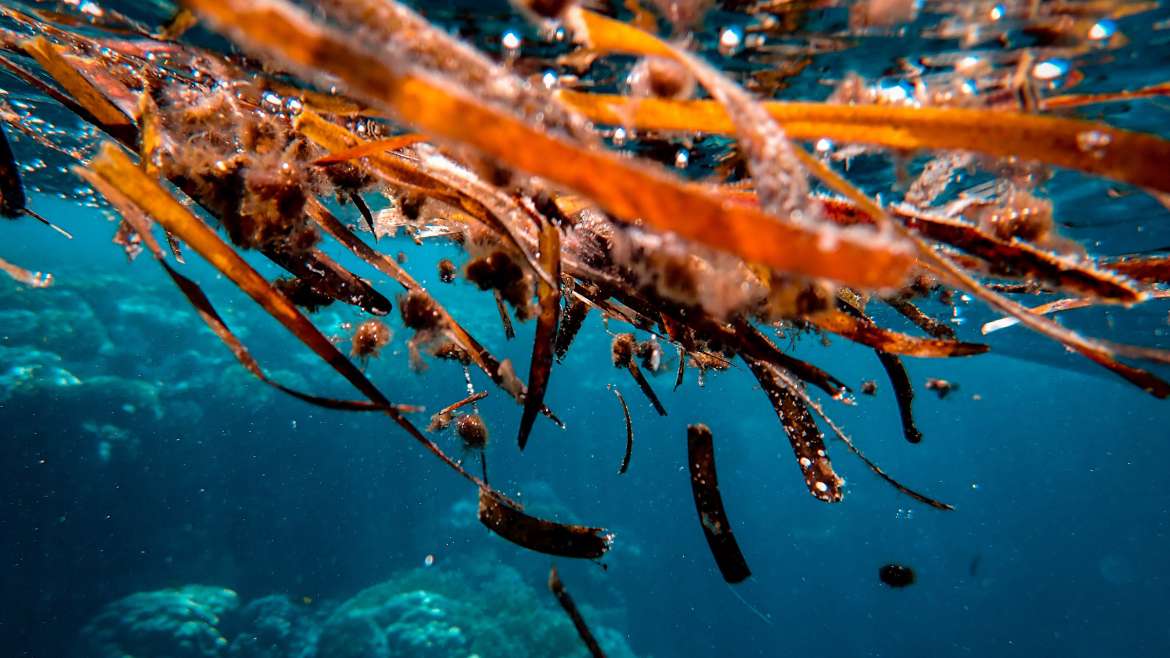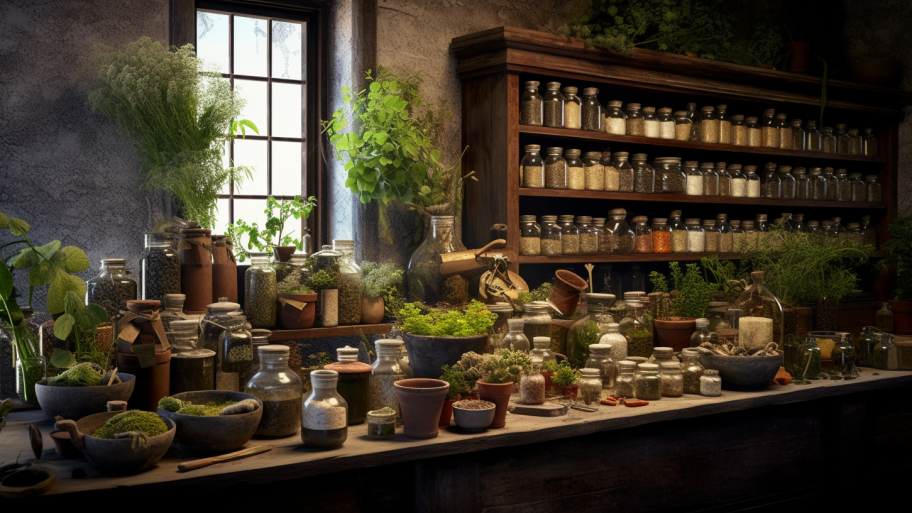Embarking on your seaweed gardening journey requires a solid foundation in the techniques and best practices for cultivating these underwater wonders. In this second article of our three-part series, we will guide you through the process of setting up your own seaweed farm, exploring various cultivation methods, and offering tips on harvesting your marine plants. With this knowledge, you’ll be well on your way to mastering the art of seaweed farming.
Seaweed Farming Basics: Setup and Equipment
Setting up your seaweed farm begins with selecting the right location and gathering the necessary equipment. Seaweed farming is typically done in shallow coastal waters, where the plants have access to sunlight and nutrients. The ideal location should have minimal wave action, stable water temperature, and good water quality.
Once you have selected your site, you will need to gather the essential equipment for your seaweed farm. Common materials include ropes, nets, anchors, and buoys. Depending on the cultivation method you choose, you may also need additional items such as floats and underwater structures.
Seaweed Cultivation Techniques: Ropes, Nets, and Rafts
There are several methods for cultivating seaweed, each with its own advantages and challenges. Here are three popular techniques:
- Rope cultivation: In this method, seaweed spores or seedlings are attached to long ropes that are suspended in the water. The ropes can be anchored to the seafloor or attached to floating structures, allowing the seaweed to grow freely in the water column. This technique is popular for cultivating species like kelp and red algae.
- Net cultivation: Similar to rope cultivation, seaweed is grown on nets that are suspended in the water. The nets provide a larger surface area for the seaweed to grow, making it an ideal method for species that require more space, such as some green algae.
- Raft cultivation: This method involves attaching seaweed to floating structures, such as rafts or pontoons. Raft cultivation offers the advantage of easy access to the seaweed for monitoring and harvesting, as well as the ability to move the structures if needed.
Harvesting Your Seaweed: Timing and Methods
Knowing when and how to harvest your seaweed is crucial for maintaining the health of your farm and maximizing your yield. The optimal time to harvest seaweed depends on the species and its growth rate, but generally, it’s best to harvest when the plants have reached their peak nutritional value and before they become too dense or start to decay.
There are various methods for harvesting seaweed, including manual cutting, using a specialized underwater mower, or employing a combination of the two. Regardless of the method you choose, it’s essential to harvest the seaweed carefully to avoid damaging the plants and the surrounding ecosystem.
With a firm grasp of seaweed cultivation techniques and best practices, you are now ready to unlock the full potential of these underwater gardens. But cultivating seaweed is only half the story – how can you make the most of your harvest? In the final article of our series, “From Sea to Table: Using Seaweed in Your Kitchen and Garden,” we will explore creative ways to utilize seaweed for cooking and fertilization, while promoting sustainable practices. Dive into this exciting conclusion and uncover the hidden treasures of seaweed gardening!




